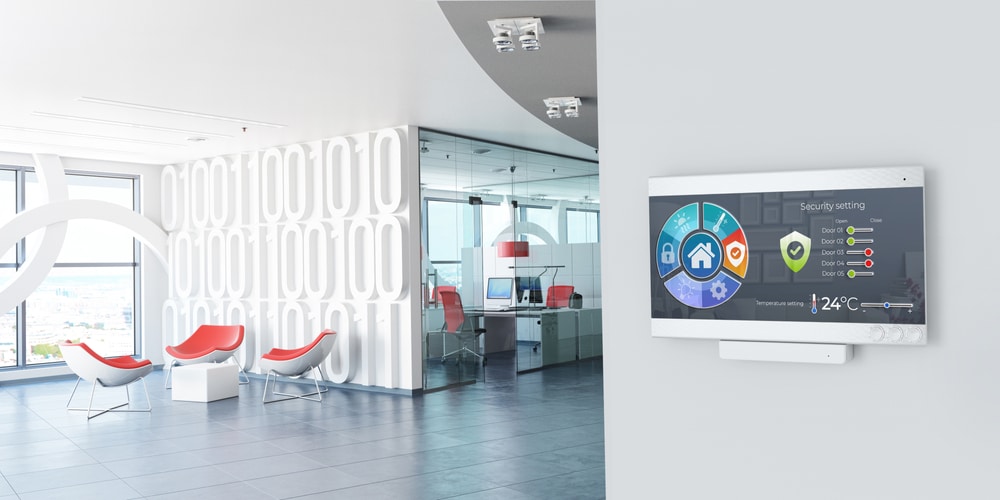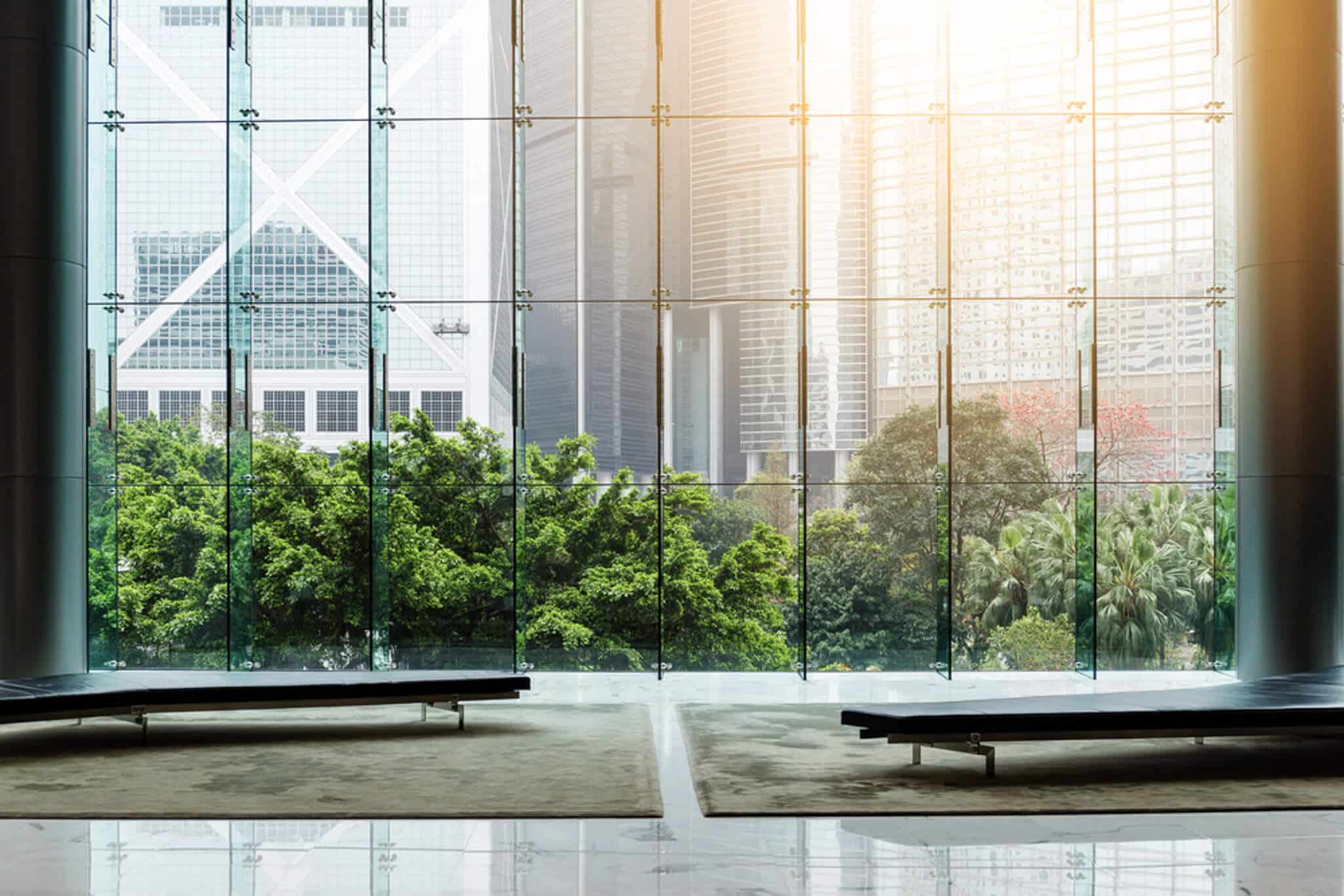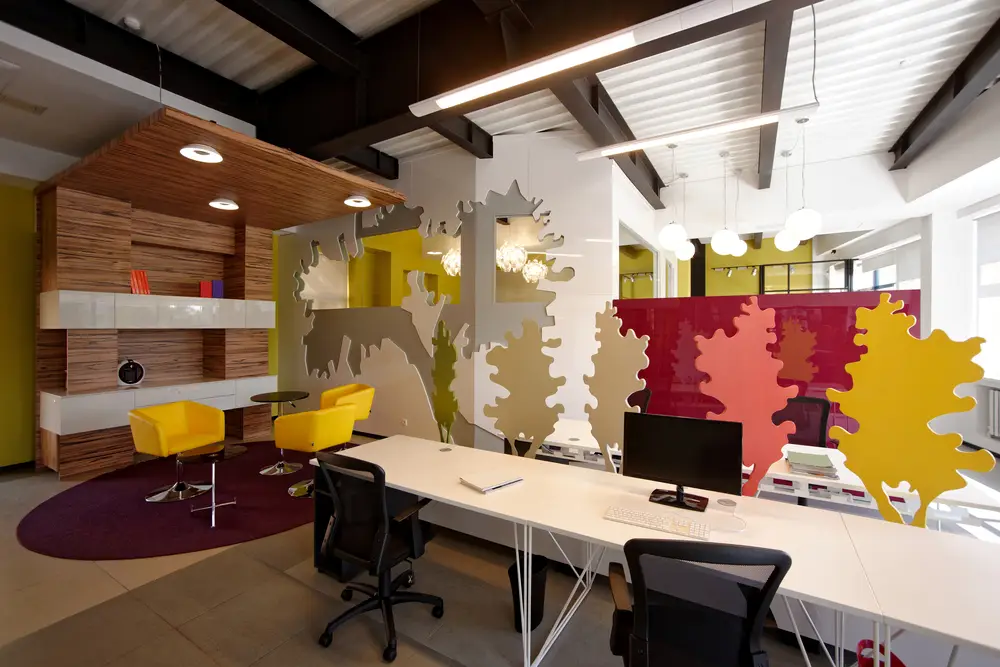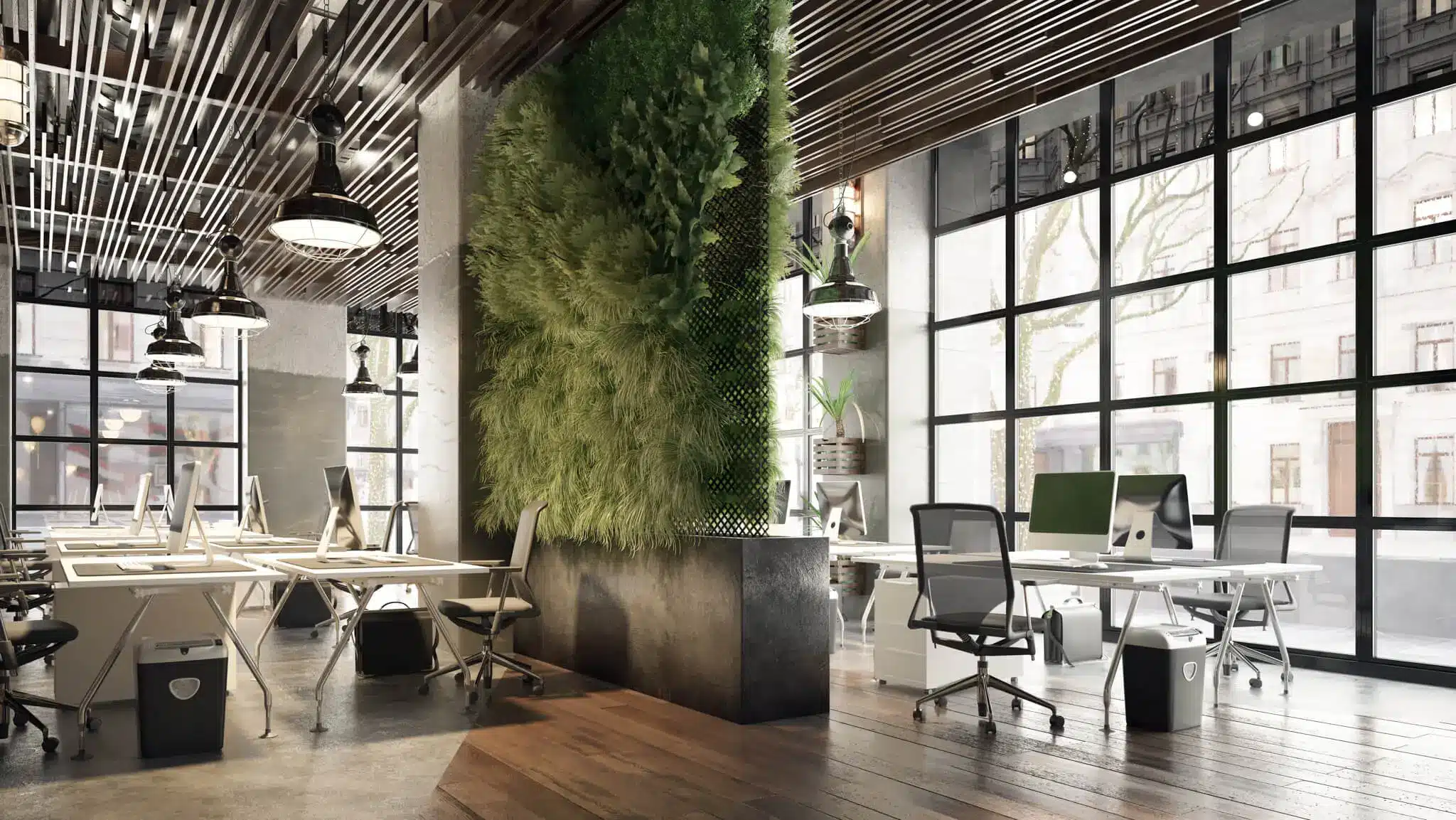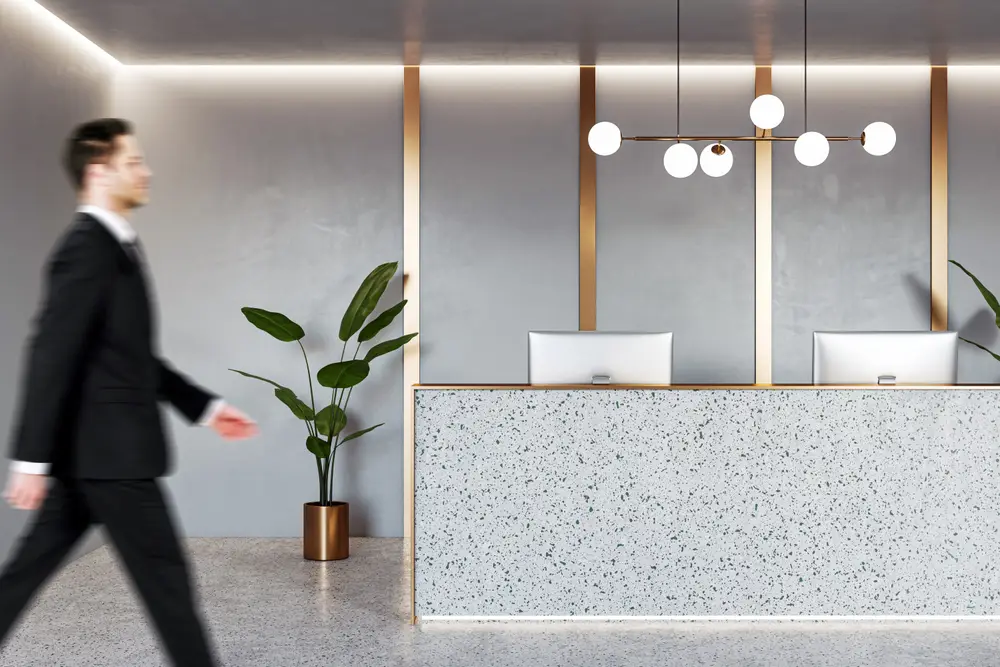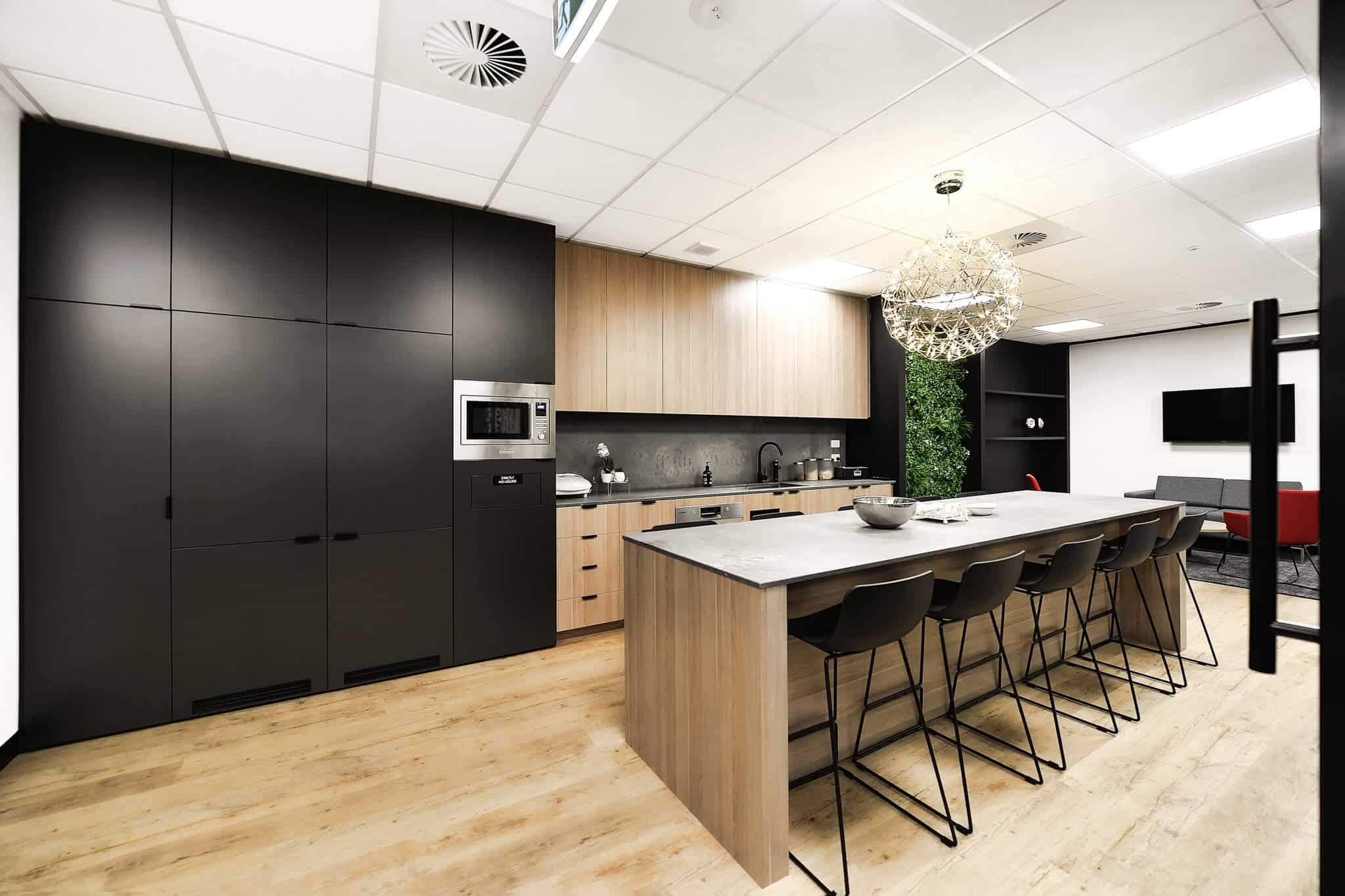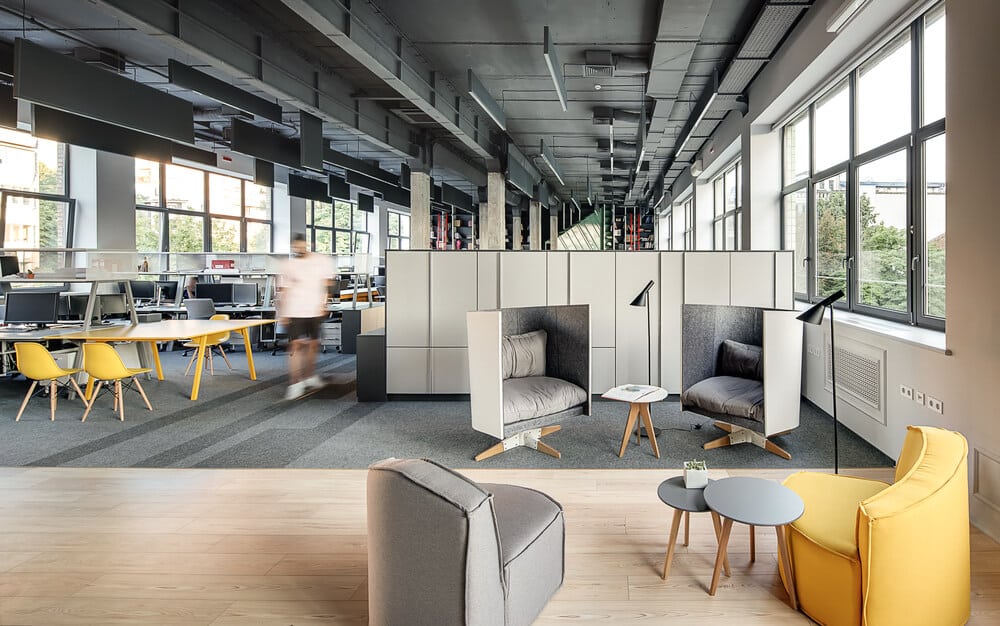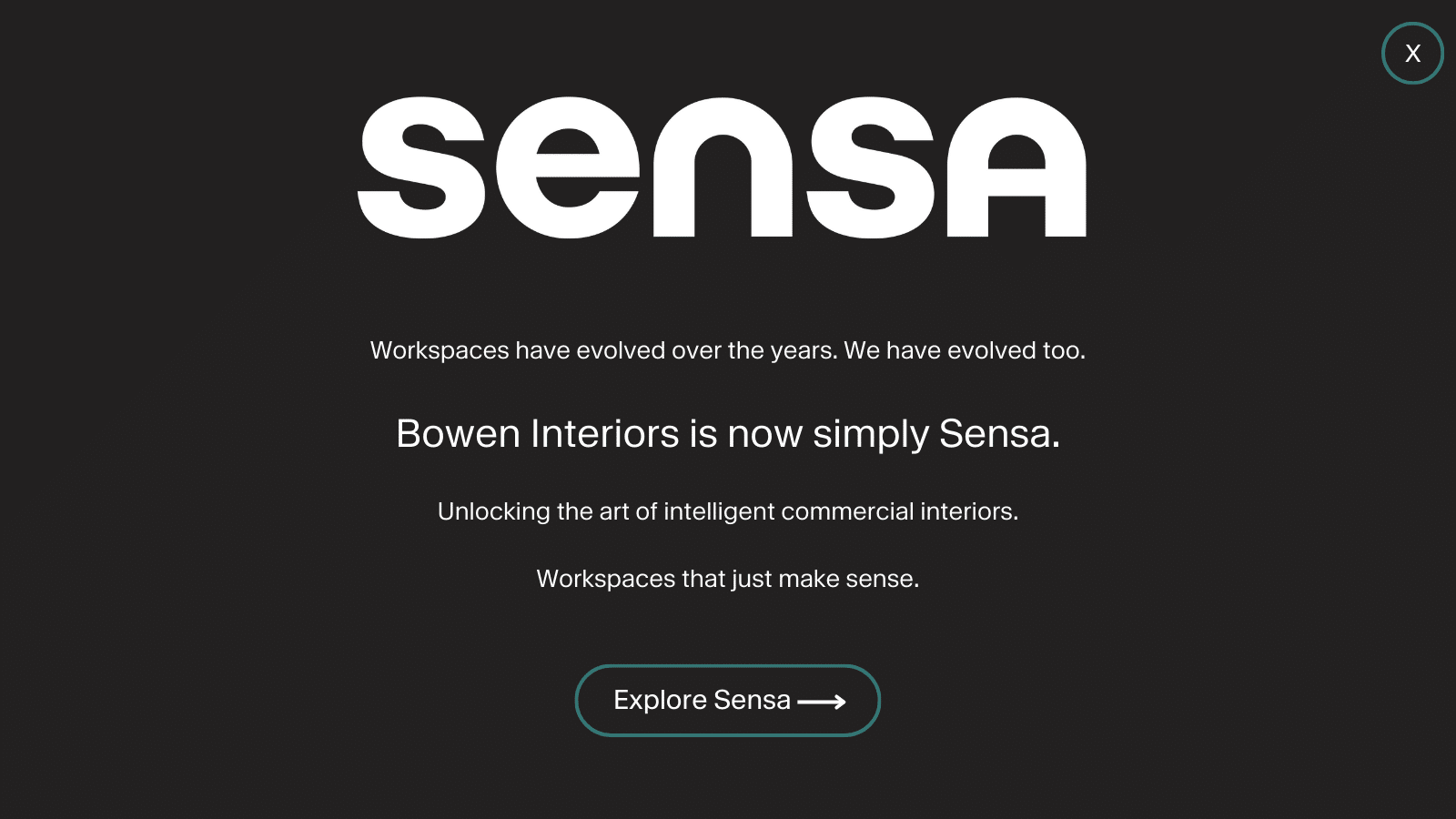Whether you’re running a growing SMB out of a single 15 x 10 metre workspace, or overseeing a bustling medium to large scale enterprise that occupies all five floors of a sprawling office block – the energy efficiency of your workplace should be of primary concern to you in 2023 and beyond.
Office energy usage represents a key controllable overhead cost and, by taking energy efficiency into account, you could save a significant sum for your business on a monthly and long term basis.
Lowering your monthly energy overhead is also one of your most actionable means to quickly reduce the carbon footprint of your business and make a positive impact on a planet that’s running out of time.
Energy efficiency in our office buildings, and in the way we do our daily work, is not a passing fad. It is a necessity for the future inhabitants of our planet, it is increasingly mandated under law, and it is a legitimate concern among both your employee and your client bases – not to mention among your accountants and bank managers.
The benefits of an office energy efficiency upgrade
Given the recent global shift to hybrid and flexible work arrangements, the owners of traditional unoptimised offices have had to grapple with the financial implications of excess space, costly facilities that are only used occasionally, and soaring maintenance and utility bills.
Conversely, those running spaces that have been refitted (or even downsized!) to accommodate post-pandemic work-styles, and to cut back on energy-draining excesses, have been enjoying the financial fruits of an optimal energy input/output ratio.
In business, energy input means not just the fossil fuels you burn to keep your lights on, but also the time, money and effort that goes into maintaining process and productivity in your unique workspace. Energy output, on the other hand, means profit, but profit is a broad term that can really mean money, skills, reputation or anything that counts as a gain for your business.
Ideally, businesses need to be getting more energy out than they’re putting in. If this not the case, profit falls below zero – and that means you’re working at a loss. This is how closely energy efficiency is linked to business profit, and this is what makes it such a great candidate for cutting costs!
An energy conscious overhaul can mean all sorts of profit (i.e. benefits) for your business, including but not limited to:
-
- compliance and certification
-
- energy conscious culture
-
- reduced risk
-
- lower equipment and building maintenance costs
-
- increased worker comfort
-
- optimised space, whether that means lower rental from downsizing or boosted morale and productivity from creative use of redundant space
-
- efficient office supply usage
-
- higher financial profit.
As an example, Sustainability Victoria’s Energy Efficient Office Buildings program definitively showed that local business owners can achieve as much as 29% energy savings, along with a 23% reduction in emissions by 2030, all with relatively simple post-construction installations and retrofits that bring office buildings up to speed with current efficiency practices, science and technology.
5 Top tips for energy efficient office interiors

1. Illuminate
In older buildings, or offices that haven’t enjoyed a refit in recent years, lighting is often a leading contributor to high energy costs and energy losses. This can be due to inefficient non-LED bulbs, internal energy leaks, redundant lighting and lighting in unused areas, and a serious failure to make the most of natural (and totally free) light.
If natural light is available or close enough not to warrant a massive structural overhaul, interior design and office fit out experts like those at Bowen Interiors can talk you through the process, fixtures and fittings required to make the most of that golden sunshine.
As an example, if light from one window is entering an office to be absorbed by a darkly coloured wall on the far end, strategic placement of mirrors can effectively double, triple, quadruple, redirect and disperse that same light in the room, with no need to break out walls and install new windows.
Likewise, in the age of more active, hybrid and flexible workdays, updating to sensor-based lighting systems means that in rooms or areas that are out of use, lights can automatically power down to stop wasting electricity on empty, non-productive space. All these factors are meticulously considered in modern interior design.

2. Invigorate
We’re inclined to assume their effect is only negligible, but indoor plants such as orchids, succulents and epiphytic bromeliads recycle carbon dioxide and airborne pollutants and add as much as 2.4 litres of pure oxygen to your office per day. So, non-AC buildings can invigorate the air with plants, while cooling and humidifying the air with strategically placed air coolers and exhaust fans that are low on power input.
We suggest incorporating ground based and hanging plants into your contemporary, energy efficient office design. By combining desk-side planters and green walls with strategically positioned duct work and opening windows, you can let air in and then recycle it throughout your workplace to invigorate your workers with fresh oxygen, cool mist sprays and the spirit of nature.
Ideally, rooms should be ventilated in all four directions, with gentle but constant air circulation throughout the day, but this is not always an option in large, older office blocks. One way to get around the problem is with an inspection of the insulation on all AC inlets and outlets, along with sensor based or self-closing doors to ensure that cool (and expensive) AC air isn’t escaping.
Furthermore, HVAC systems are generally built to last about 15 years, so ensure that your AC gets updated with a state-of-the-art, energy efficient model as soon as an update is due.

3. Quench
Buildings without water dispensing, flow-restricting and drip-free tap and fountain technology can ring up massive water bills throughout the month, especially in larger enterprises with 100+ employees drinking, washing hands, and washing dishes throughout the day.
There’s no need to address water consumption as a behavioural issue when you facilitate conservation with the right plumbing, fittings, and technology.
For example, with efficient mixer taps that achieve desired temperatures faster, you can save on water heating electricity all day. Likewise, a water efficient dishwasher can use as much as 50% less electricity and water than an older model.

4. Envelop
Office heating and cooling costs, especially in older buildings with multiple offices and meeting rooms, are a leading contributor to low energy-efficiency ratings. The building envelope, or boundary between your building’s exterior and interior, should be a focus area for achieving energy efficient heating and cooling all year round.
This includes sealing leaks; adding efficiency window glazing; ceiling and wall insulation and efficient barrier technologies; heat recovery options; roof cooling via reflective paint or green roofing; ventilation and light entry/shading through skylights, windows, doors and dividers.
Your thermostat should also be updated for a new more efficient model periodically. Used in combination with occupancy sensing and Smart office technology, modern thermostats can be programmed to heat and cool rooms efficiently, and only when required.

5. Monitor
As part of your energy efficiency office refit, plugs and appliances throughout your building should be tested by an electrician for leaks and energy drains and, where necessary, upgraded to energy efficient options.
Of course, if you have the budget, there is simply no overstating the benefit and long term savings that come with conversion to renewable energy and solar power for your building.
Besides regular checks from an electrician, and even if renewable power is not an option for you at this point, IoT systems that monitor desk and room occupancy with the help of sophisticated activity sensors and tracking can shave off a sizeable portion of your energy bill.
In flexible, hybrid, and activity-based workplaces, you run the danger of certain areas draining energy and maintenance when they’re only in use for part of the day. By integrating occupancy tracking with automated temperature regulation, ventilation, lighting and appliances, business owners, managers and executives can effectively eliminate energy wastage in spaces when they’re temporarily out of use.
In Conclusion
It is crystal clear that energy efficiency is of key importance when it comes to business cost saving. It also plays a big role in your corporate social responsibility. Look around your office. Is there more that you can do to optimise your energy consumption? A short time investment can immensely benefit you in the short run as well as in the long run. If you require any assistance, our office fit out experts at Bowen Interiors are here to help. Contact us.
